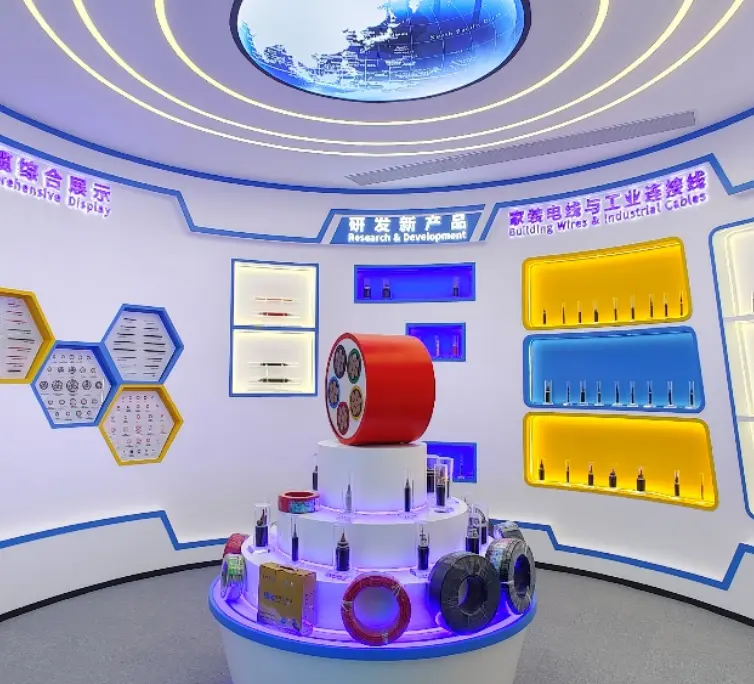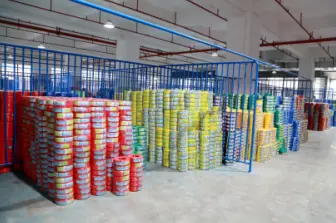An Article to Understand Cross Linked Polyethylene Insulated Cables
Ⅰ. What are cross linked polyethylene insulated cables?
As the name implies, cross linked polyethylene insulated cables are insulating medium made of XLPE with a temperature resistance of up to 90°C. Polyvinyl chloride cables typically have a temperature rating of 70°C, and polyvinyl chloride releases toxic HCl fumes when burned. The carrying capacity of XLPE insulated cable is greater than that of PVC cable for the same conductor cross-sectional area.
Ⅱ. Scope of application of cross linked polyethylene insulated cables
It is suitable for fixed installations in power distribution networks or industrial installations with rated power frequency voltages of 0.6/1kV and below.
Ⅲ. The use characteristics of cross linked polyethylene insulated cables
1. Power frequency rated voltage: U0/U (Um) 0.6/1 (1.2) kV.
2. The maximum allowable long-term working temperature of the cable conductor is 90℃.
3. When short-circuit (the longest duration cannot exceed 5s), the maximum allowable temperature of the cable conductor cannot exceed 250℃.
4. The ambient temperature during cable laying should not be lower than 0℃.
5. The bending radius of the cable cannot less than 15 times the outer diameter of the cable.
Ⅳ. Storage and transportation of cross linked polyethylene insulated cables
During storage, cross linked polyethylene insulated cables should be packaged in a standardized manner to avoid long-term open-air sun exposure, and the ends should be reliably sealed. Long-term storage in a humid environment is not allowed and the electrical panel cannot be placed flat. The height of the tray should be considered and effectively fixed during transportation. Several trays are not allowed to be hoisted at the same time during hoisting, and it is strictly prohibited to push down from a high place.
Ⅴ. Laying and installation of cross linked polyethylene insulated cables
1. Special tools should be used for cable laying, such as pay-off racks, guide rollers, to prevent mechanical damage during the laying process and keep away from heat sources.
2. When laying the cable through the pipe, the inner diameter of the pipe should not be less than 1.5 times the outer diameter of the cable. When multiple cables pass through the pipe, twisting and squeezing of the cable is prohibited. The pipe has sufficient capacity. The total area of the cable is required to not exceed 40% of the total area in the pipe.
3. The minimum temperature of cable laying should not less than 0℃, and the bending radius should not less than 20 times.
Latest News & Blog
 English
English  français
français  Deutsch
Deutsch  العربية
العربية  tiếng việt
tiếng việt  ไทย
ไทย  čeština
čeština  Indonesia
Indonesia  Eesti
Eesti  български
български  slovenčina
slovenčina 



